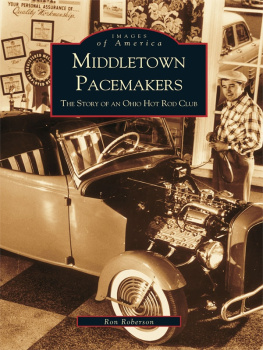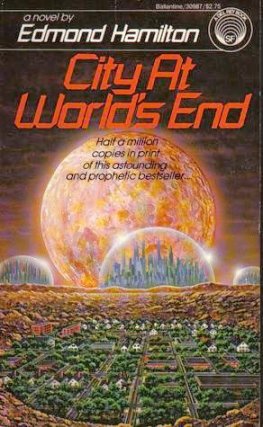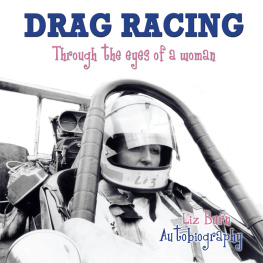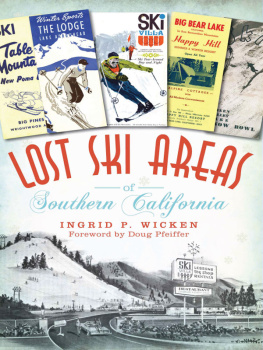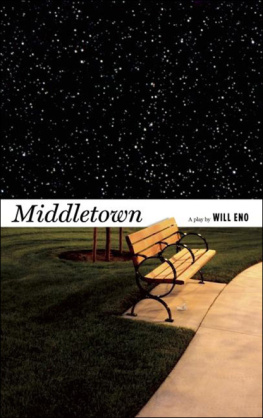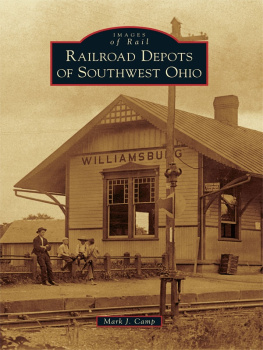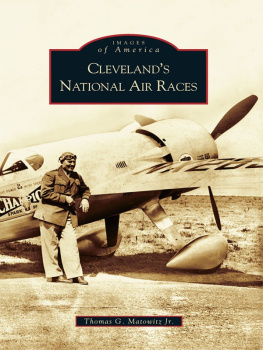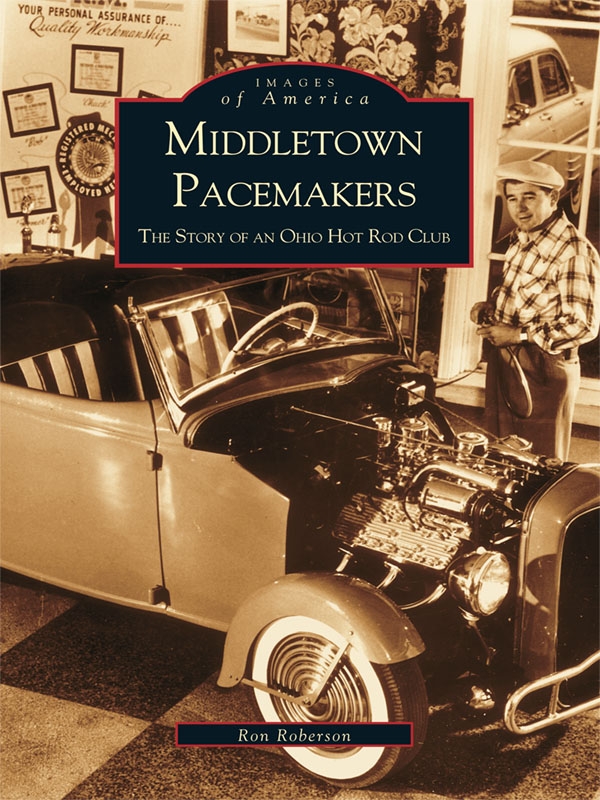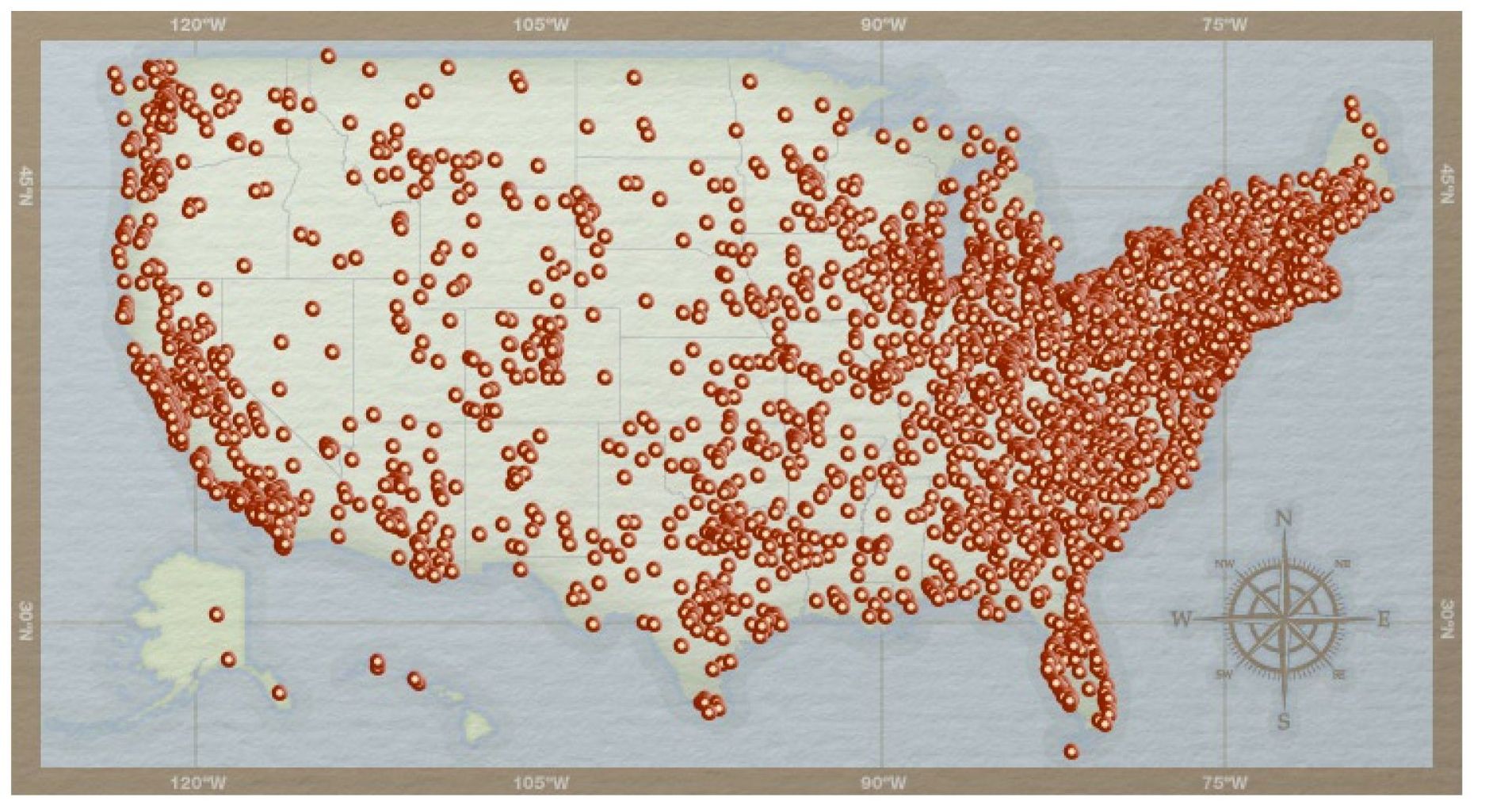ACKNOWLEDGMENTS
Awards become corroded, friends gather no dust.
- Jesse Owens
This history of the Middletown Pacemakers could not have been assembled or written solely by someone who was less than a year old when the club formed. I am indebted to numerous persons who helped me by supplying photographs, stories, or memorabilia. The list of contributors that have helped me with material for this book and/or its scrapbook predecessor include Wilbur Robbie Roberson, Arnita Roberson, Harold Mike Michael, Polly Michael, Bill Lovelace, Herb Sebastian, Darryl Hobbs, Kathy Hobbs, Ray Palmer, Betty Palmer, Carl Lakes, Bill Burton, Earnie Barnes, Paul Scorti, Don Klamo, Jim Neely, Fred May, Kenny Miller, Gene Wells, Delores Wells, Marge Slamka McFeeters, and former NHRA Division 3 Director Bob Daniels.
In addition to the above, a special thanks goes to my friend Ron Harmon, who processed black and white prints for me whenever contributors supplied negatives, and who helped me to locate racing periodicals over the Internet. Thanks also to my friend Bob Horton, who helped with computer scans of photos. And thanks go to my brother Marty, my sons Jason and Jeremy, my nephews Michael and Kyle and our good friend Gary Turnage, who nobly and patiently helped me search the automotive swap meets of Florida and North Carolina for period car magazines.
Special thanks go to veteran automotive writer Don Radbruch, who encouraged me to write my own book to help preserve racing history; and to Don Garlits and The Don Garlits Museum of Drag Racing, who allowed me access to museum archive materials not normally open to the public.
Very special thanks go to my parents for giving me a childhood worth remembering and especially to my wife, Sherrill, and to Jason, Jessica, and Jeremy for patience while I spent much of my time and a portion of the family budget chasing a dream.
DISCLAIMER
Any mention of a brand name throughout the course of this book is intended only for historical
accuracy and is not intended to be an endorsement of any specific product.
All trademarks are the property of their respective owners.
THE PACEMAKER ROSTER
The Middletown Pacemakers Hot Rod Club started in 1951 with about two dozen members and ended in 1966 with a similar number. At its peak in the mid 50s the club had about 130 members. A complete list of club members over the 15-year span does not exist, however the list below was compiled in 1994 by Ray Palmer in preparation for the clubs first reunion. There is no doubt that some names are missing, and I will gladly add them to a later edition if the missing names are provided. The names appear alphabetically as follows:
Harold Agee
Danny Allen
Bill Angle
Boyd Baker
Earnie Barnes
Harold Barnes
Kenneth Bassford
Dick Beckett
Steve Bennet
Tom Bishop
Dave Booker
Alex Bors
Ray Boyce
Kenneth Bracken
John Buehl
Bill Burton
Luther Colliver
Bob Coughlin
Jack Craft
Herb Dome
Heber Snip Dreher
Hoppy Dyas
D.O. Fisher
Dale Foreman
Al Frebis
Tom Frebis
Willard Gill
Sonny Goodman
Waldo Gray
Ron Hackney
Richard Hagin
Kenny Hall
Jack Harrison
Paul Higgleford
Jack Hill
Darryl Hobbs
Paul Hoover
Don Hoskins
Marion Hounshell
George Howard
Bob Hunt
Bob Jay
Don Klamo
Bob Kuhn
Carl Lakes
Cotton Lakes
Winford Lawson
Ballard Long
Bob Long
Robert Corky Long
Bill Lovelace
Bob Lykins
Carl Macey
Fred May
Jack McClanahan
Bob McCutchen
Lee McGee
L.G. Larry Mead
Harold Mike Michael
Kenneth Miller
Dick Miltenberger
Jim Murphy
Jim Neely
Phil Norris
Jack Oaks
Jack Ousley
Ray Palmer Sr.
Ray Palmer Jr.
Jess Patrick
Joe Patrick
Clarence Pence
Gordon Pence
Elliot Perkins
David Rader
Fred Randel
Ron Roberson (Honorary)
Wilbur Robbie Roberson
Robert Rossman
Charles Rouster
Jerry Schneider
Paul Scorti
Herb Sebastian
Bill Shockey
Don Scaggs
Alex Slamka
Don Stagge
Jack Stamper
Robert Staton
Bob Styles
Damon Sully Sullivan
Tommy Sullivan
Tug Swain
Dave Skip Swisher
Jim Tincher Sr.
Jim Tincher
Gene Wells
Jerry Williams
Paul Wilson (Honorary)
Robert Yauch
Find more books like this at
www.imagesofamerica.com
Search for your hometown history, your old
stomping grounds, and even your favorite sports team.
One
SETTING THE STAGE ON THE OVAL TRACKS
Few things are harder to put up with than the annoyance of a good example.
- Mark Twain
M y father, Wilbur Robbie Roberson, was born on the family farm near Ezel, Kentucky, on November 16, 1923. He was the oldest of Loren and Addie Robersons three children, and as such would inherit many chores and odd jobs in the family business ventures. Grandpa Loren owned the familys 162-acre farm, including a white frame house and a barn, in a rustic setting with a creek running near the house complete with a small wooden bridge and picturesque waterfall. But Grandpa Loren was not a farmer and preferred to rent out the farm acreage, save for the family garden. He pursued other vocations, which included ownership of a small country grocery store and the buying and selling of tobacco grown in the area. Toward both of these ends he owned a 3/4-ton, Chevrolet stake bed truck, which also hauled livestock between tobacco and produce runs. He was a crafty businessman, whose anything-for-a-buck ambition would lead the family ably through the countrys worst depression in the 1930s.
Dad grew up in those poverty stricken times. The family farm kept them in food, and the family business maintained a meager cash flow, but there were few luxuries. By the age of 13, he was driving the family truck, the aforementioned 1935 Chevy, and the family car, a 1935 Ford sedan. He first demonstrated a natural mechanical aptitude working on these vehicles and on a bicycle he hand built from bartered parts. The Great Depression bred a wonderful self-sufficiency that has never again been seen in any generation that followed. To survive, you had to be able to do things. Women made the familys clothing and canned homegrown foods for the winter. The children were assigned chores to match their level of skill. It was a time that bred hardy people.
Dads one luxury was an occasional trip to the movie theater in nearby West Liberty. Wide-eyed, he would watch the cowboy double features, the Flash Gordon serials, and the comedy of Laurel and Hardy. But one Saturday in 1935, he saw a newsreel that would capture his imagination and ultimately change the course of his life. The flickering black and white images of Malcolm Campbells Bluebird land speed record car zipping along the sandy surface of Ormond and Daytona Beach at an average speed of 276 mph made a lasting impression on the 11-year-old Kentucky farm boy. Daytona, with its white sandy beaches, seemed so exotic. The handsome Englishman seemed so brave. The sleek racecar looked so futuristic. It was a world he had never seen before, and a fascination with speed was born. Later that year, Campbell would set another record of 301 mph, this time on the Bonneville Salt Flats in Utah. The newsreels followed Campbells progress, and Dad eagerly watched his British hero. A high performance seed was planted that would last a lifetime.

